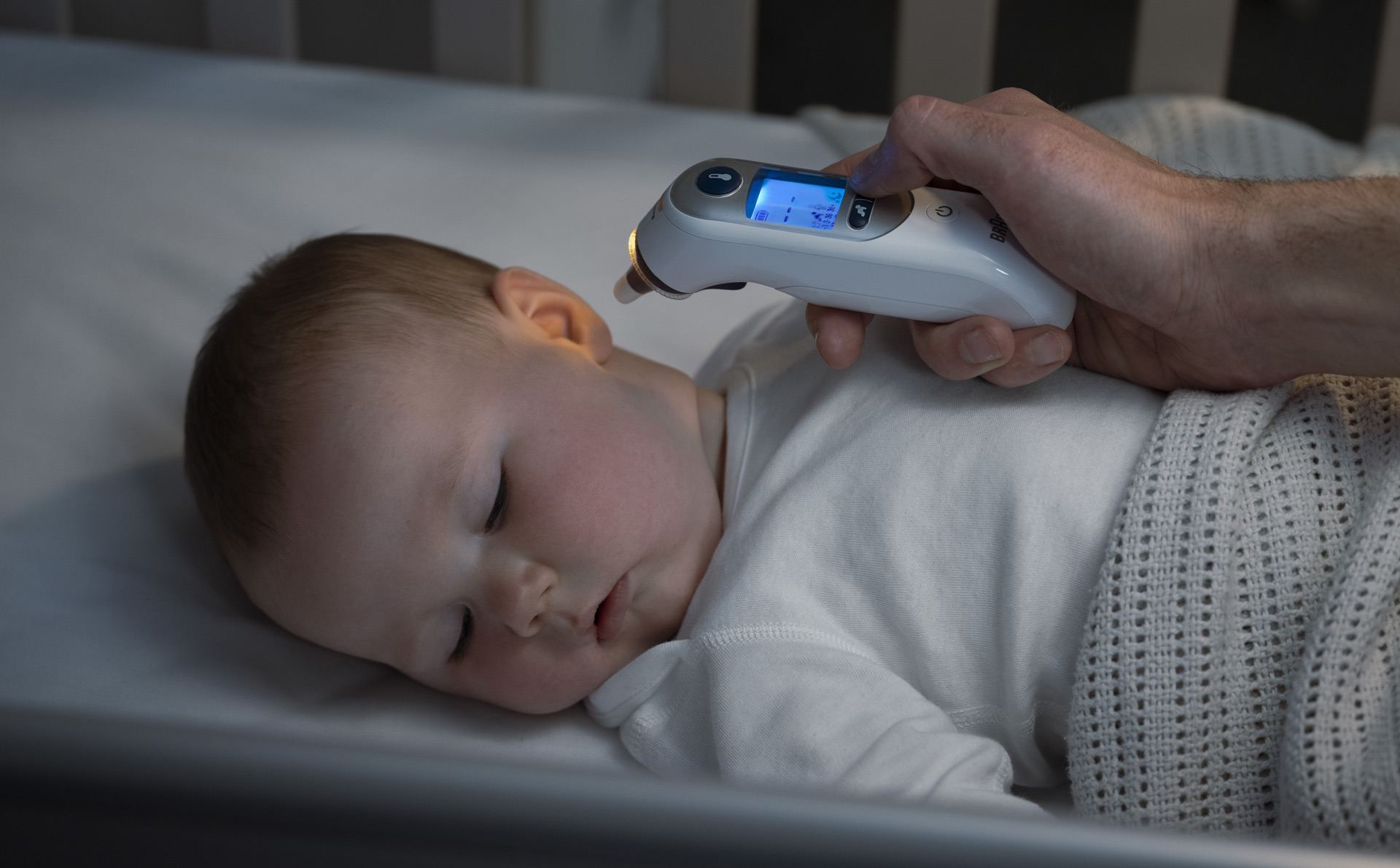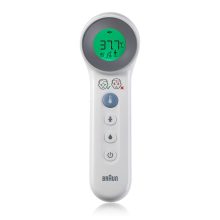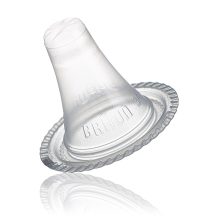Information on this website is not intended to take the place of medical advice, and thermometer readings should not be relied upon as a substitute for your doctor’s diagnosis.
Welcome. As a parent, you know how important it is to have information you can trust. Here, you’ll find helpful resources to assist you in body temperature monitoring for your child from the No. 1 brand recommended by doctors and paediatricians.*
We will tell you more about measuring and interpreting your child’s temperature and how our new AgeSmartTM technology can help you take the guesswork out of taking temperature.
We hope you find this site helpful as you learn more about what makes Braun your professional partner when it comes to monitoring your family’s body temperature.

What is fever?
Body temperature, also known as central temperature, is regulated by the hypothalamus (the temperature control center in the brain).
If your body temperature is consistently above your normal temperature range, you are said to have fever. It is one of the body’s natural defense mechanisms for fighting bacterial and viral infections. Fever isn’t a disease, but rather a symptom often associated with others: pain, diarrhea, vomiting, headache, fatigue and so on. Usually a fever precedes the appearance of an illness by several hours. In the majority of cases this illness will not be serious.
Fever in children
Clinical research shows that the definition of fever changes with age* and what is fever in a newborn can be a normal temperature in a four year-old. Braun has developed AgeSmartTM technology to help you interpret temperature based on the age of your child.
Babies and young children commonly have up to twelve infections per year.* On average, seven of these can cause fever. Many of these infections are harmless, such as a sore throat or a cold. They can also be more dangerous, such as acute ear infections, or even life threatening, like meningitis. School-age children typically have approximately three febrile infections per year, whereas adults usually have only two.

Caring for a sick child or adult
If a family member seems to be ill, check for fever by taking his/her temperature. Using a thermometer is, of course, much more accurate than guessing by touch. Taking temperature measurements every few hours will show whether he/she is responding to a particular treatment. This information can be useful for your doctor too.
If you determine that your baby has a fever, you have to be more careful. If your baby is less than three months old or showing other signs of illness, or if you don’t know what to do, contact your doctor immediately.
Most importantly, remain calm, monitor your baby’s fever and other symptoms, and wash your hands frequently to prevent the spread of infection to other members of the household.
How often should I take my child’s temperature?
Monitor your child’s temperature regularly, including during the night. If there is high fever, increase the frequency up to once an hour. Braun No touch + forehead Thermometer is gentle enough to be used even on a sleeping baby, without waking her/him up. Note the different measurements and the time in order to provide your doctor with this information.
Simple ways to improve your child’s condition:
- Dress your child in light clothing, such as light cotton and cover with just a sheet.
- Make sure the temperature in the room does not exceed 19ºC/20ºC. Avoid draughts
- If your child is suffering from diarrhea, give him/her liquids to prevent dehydration.

Illnesses with fever
- Call your doctor or emergency in certain cases:
- If your child’s fever does not disappear after 24 hours.
- If your child’s condition shows signs of worsening either overall or separately: change in normal behaviour, greyish complexion, difficulty in reacting or breathing, small purplish spots on the skin, tremors.
What is normal body temperature?
Temperature readings vary from one healthy person to another and are influenced by factors such as age, gender, and ambient temperature. Temperature readings vary even in the same person at different times. You find out your normal temperature ranges by taking your temperature several times when you are feeling healthy.
In general, fever is defined as a central temperature higher than 37.5°C. However, readings from different parts of the body also differ from each other. For example, rectal temperatures tend to be higher than oral temperatures, and ear and armpit temperatures tend to be lower than oral temperatures.
Fever definition also depends on the age of the person. Braun has introduced unique AgeSmartTM technology that helps interpret the temperature of the person based on their age. Braun thermometers, featuring AgeSmartTM technology:
To help you interpret a temperature reading the Braun range includes thermometers with colour coded display. The green, yellow or red colour of the display indicates a normal, moderate or high temperature, respectively. Braun thermometers, with colour-coded display:
What should you do when the thermometer reads yellow or red?
If there are symptoms, such as unusual irritability, unresponsiveness, weakness, vomiting, diarrhea, dry skin, unusual thirst, seizure, loss of appetite, or changes in activity, you should contact a doctor regardless of whether the thermometer shows green, yellow, or red.
If temperature readings are in the red range, you should speak with a doctor whether or not there are symptoms. Someone who has an elevated temperature in the yellow range and also feels sick (or appears to be sick), should speak with a doctor to find out whether or not to come into the medical office. You may choose not to consult a physician only if the indicator is green and there are no symptoms. When in doubt about the symptoms, always consult your physician.
High fever in children should be a concern. High fever usually is a sign of infection, which can be either viral or bacterial. In young children, there is a chance that the infection can be meningitis or sepsis, both of which can be very serious. Very young babies may not have high fevers even when they have infections, so even a temperature that is only a little higher than normal may be a sign of infection in an infant. In infants, even a small rise in temperature must be taken seriously. To be on the safe side, if temperature readings are moderate or high, especially if your child has other symptoms along with the fever, you should consult a doctor immediately. The doctor will ask about symptoms, because without symptoms, even a high temperature may not be cause for alarm.
When in doubt, call your doctor
If you’re concerned about your child’s fever, for whatever reason, always consult your doctor for advice. If the fever is very high or accompanied by other serious symptoms, call your doctor immediately.





